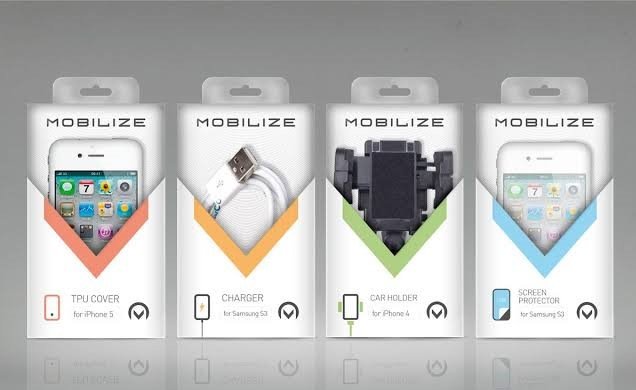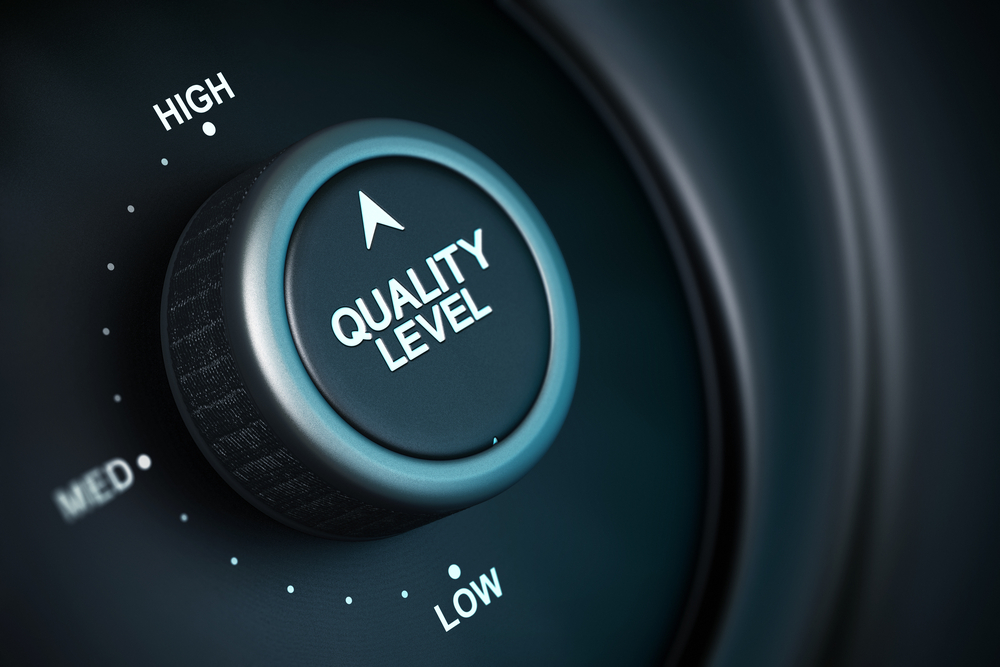Once you’re ready to sell your small business, hiring a business broker tops your list. An article from this perfectly defines the role of business brokers that is to act as “intermediaries between buyers and sellers of a business”. They are the equivalent of real estate brokers or agents who sell properties on behalf of property owners.
Business brokers manage everything necessary to sell your small business, from planning to marketing to closing the deal. Some even assist during the transition process. Considering such an enormous task, enlisting a broker may seem the easiest and most convenient thing to do. However, their service comes with an outrageous fee, usually around 10% commission from the sale. This is certainly a huge cut from your profits.
If you want to retain the full profit from the sale, you can opt to sell your small business sans middlemen. This is an excellent choice especially if you have previous experience selling a business, you know of prospective buyers, or you’re not in a hurry to sell-off. However, when you decide to sell your business on your own, you have to be ready for a tedious legwork.
So, how do you go about the sale?
Contents
Know your reason for selling the small business
According to a business broker, the first thing that a buyer would want to know is why a business is being sold. For a business to attract a potential buyer, you need to have a good reason.
Some of the common reasons are retirement, sudden changes in personal circumstances, illness or death, boredom, partnership disputes, and burnout. Prospective buyers find these as ‘attractive’ reasons to buy a business.
It may be harder to sell a business if you tell the buyer that you’re selling the business due to its sorry financial state, persistent losses, lack of manpower, and changing market conditions and trends.
Make your business easily marketable by timing your sale properly. Show positive attributes to make it more marketable such as a strong customer base, increased profitability, consistent good financials, well-defined business processes, and a good contract.
Plan your sale
Prepare your business at least two years ahead of the sale, especially if you won’t enlist a broker. Have an ample amount of time to improve your client base, business structure, and financial records. This will help improve the value of your business and make it more attractive to buyers. This should also help ease the transition process.
Get your business appraised
Once you’re ready to sell, you need to decide on the worth of your business. It is best to work with a professional business appraiser to get a proper valuation. Often, business owners become illogical when it comes to evaluating their own business. Some price is too low in an attempt to make it more marketable but end up losing on potential profit. Others price it too high hence making it unattractive to potential buyers.
A business appraiser will evaluate your business to determine its worth. He then prepares a detailed explanation to give credibility to the proposed price.
Prepare all documents
Give time in preparing the design or sales package for your business. This document represents your business in the best possible light to potential buyers. It should include financial, operational and marketing information. If you are not comfortable with your communication skills, you can enlist the help of professional business writers.
Financial documents are an important part of the sale process. Gather your books of account, financial statements, and tax returns for the past four years. Review these documents with an accountant. In addition, develop a list of assets that are being sold along with the business. Include other necessary documents such as lease agreements, supplier contracts, and contact lists.
Prepare an information packet or operating manual that provides an overview of your business processes. In addition, you want to add photographs of your business, testimonials, case studies, and customer profiles. Highlight accomplishments and milestones to make it more marketable and command better-asking price.
Prepare your business on-site
Alongside the documentary preparations, you should also make your business site presentable. Check your physical store, production site, warehouse, and other related locations. You might need to have some areas repainted or redeveloped. Check if equipment or machinery needs to be replaced or fixed before the sale. Investing in such developments can help improve the asking price.
It might sound cliché but first impressions last. An unkempt and dilapidated business site might turn off a potential buyer. It pays to invest in your physical asset as soon as you decide to sell on your own.
Look for a buyer to sell your small business
Finding a buyer is difficult, but it becomes doubly challenging if you don’t have a business broker. Unless you have a ready buyer, it may take several months to years before you can find the right buyer.
The advantage of hiring a business broker is that they have wide networks and established marketing methods. If you are working solo, you will need to compensate for these services. There are listing sites dedicated to businesses-on-sale. You only need to pay a one-time fee and your business becomes available to potential buyers.
You can also tap your networks. Perhaps, a friend or an acquaintance (or someone they know) is planning to buy a business. You can check your local business clubs or chambers. Visit online forums and social networks. Don’t limit your advertising methods.
Final Thoughts
As you can see, if you sell your small business without a broker is possible. It can even be advantageous if you play an active role in the sales and negotiation process. Quite obviously, business owners are more passionate to sell their business to the right buyers. Of course, you just have to remain rational and avoid getting your emotions to affect your decisions.
As a final caution, if you have no experience selling and buying a business, you should consider working with a business broker or someone who has experience in this field. Better yet, you can check with your local chamber of commerce for assistance and counseling.
Read Also:
























